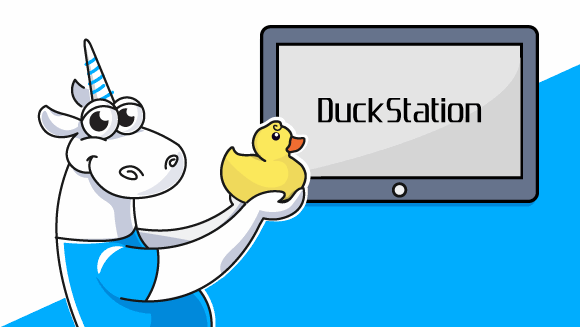
BASF 3D Printing Solutions launches a new lineup of filaments under the Forward AM brand, which include three options characterized by different composition and hardness — Ultrafuse TPU 95A, Ultrafuse TPU 64D, and Ultrafuse TPS 90A.

BASF 3D Printing Solutions launches a new lineup of filaments under the Forward AM brand, which include three options characterized by different composition and hardness — Ultrafuse TPU 95A, Ultrafuse TPU 64D, and Ultrafuse TPS 90A.

Ultimaker has announced a wash machine for removing water-soluble polyvinyl alcohol support structures from FDM/FFF 3D printed products.
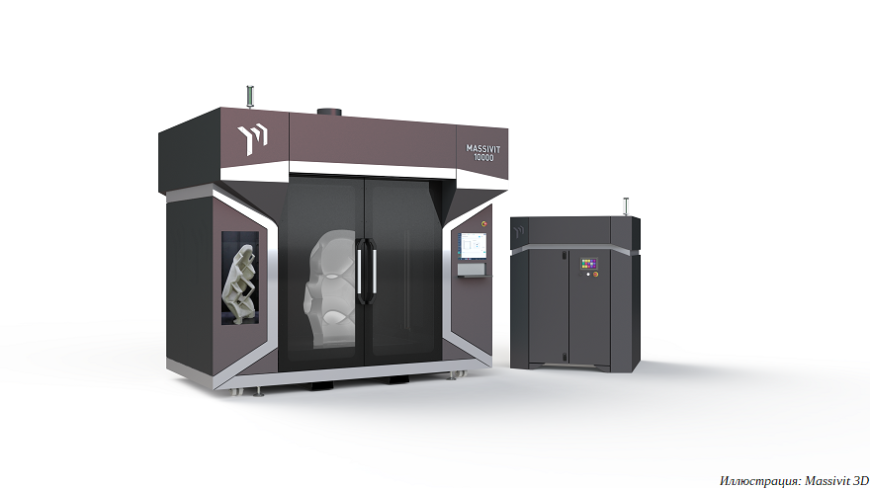
The Israeli company Massivit 3D is taking pre-orders for Massivit 10000 hybrid systems that combine resin 3D printing with epoxy casting.
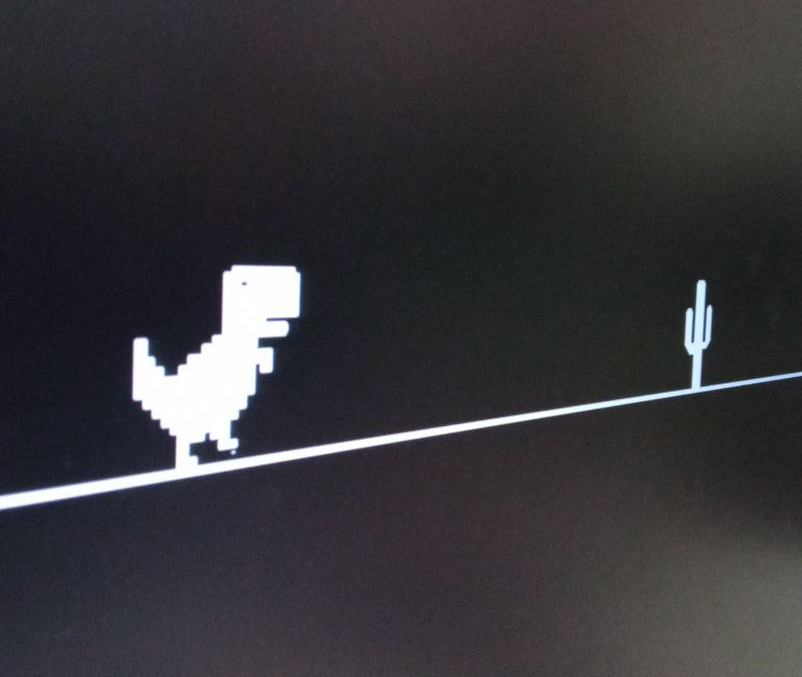
Many people are familiar with the situation when there is no Internet, and a small dinosaur appears on the Google Chrome screen. Today we will tell you how to implement this game on the Cyclone IV FPGA board.
We are Yegor Blinov, Egor Kuziakov, and Inga Ezhova - the first-year students of Innopolis University. In our program, there was a course "Computer Architecture", where we had labs with FPGA boards Cyclone IV and MAX10. We were inspired by this equipment and decided to implement the project on one of the boards.

Porsche invested money in a German startup called Isar Aerospace that is working on a lightweight launch vehicle with 3D printed parts, including key components of power plants. The initial launch is planned for 2022.

In the past, FDM 3D printing solutions have been primarily used for surgical planning. The added benefit is one can perform surgical planning digitally in preparation for surgical procedures, create mock up operations physically with the usage of trustworthy full-scale printed parts and test implants prior to inserting them into the body.
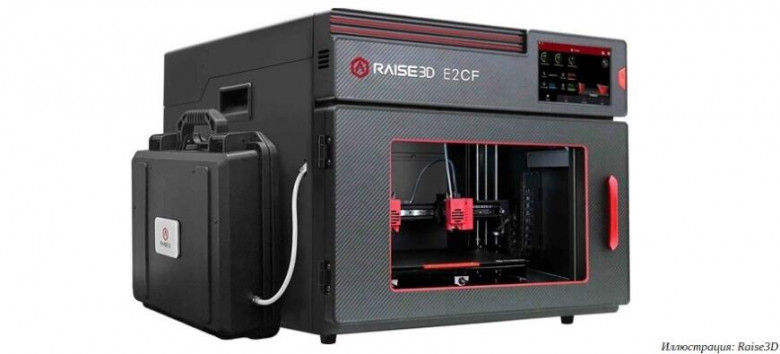
Raise3D is preparing to receive pre-orders for E2CF — a version of its desktop additive system E2 that is able to print using carbon-fiber-reinforced polymers. The device is optimized for working with carbon-filled filaments.
Previously, Raise3D was primarily known for its large-format series such as the Raise3D Pro2 Plus (build volume: 305 x 305 x 605 mm), but the manufacturer is certainly planning to expand in the industrial segment with their focus on engineering-grade materials.
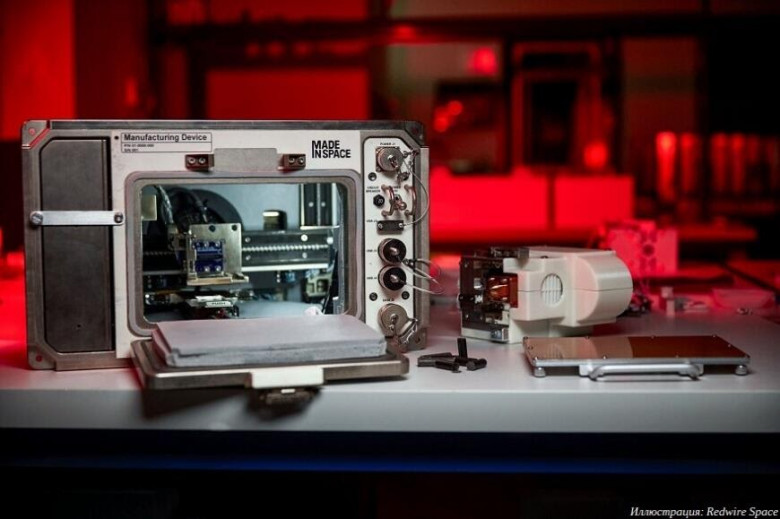
Cygnus NG-16 was recently launched into space. It’s an iSS resupply spacecraft that brings materials and equipment needed for 3D printing with lunar regolith simulant to International Space Station.
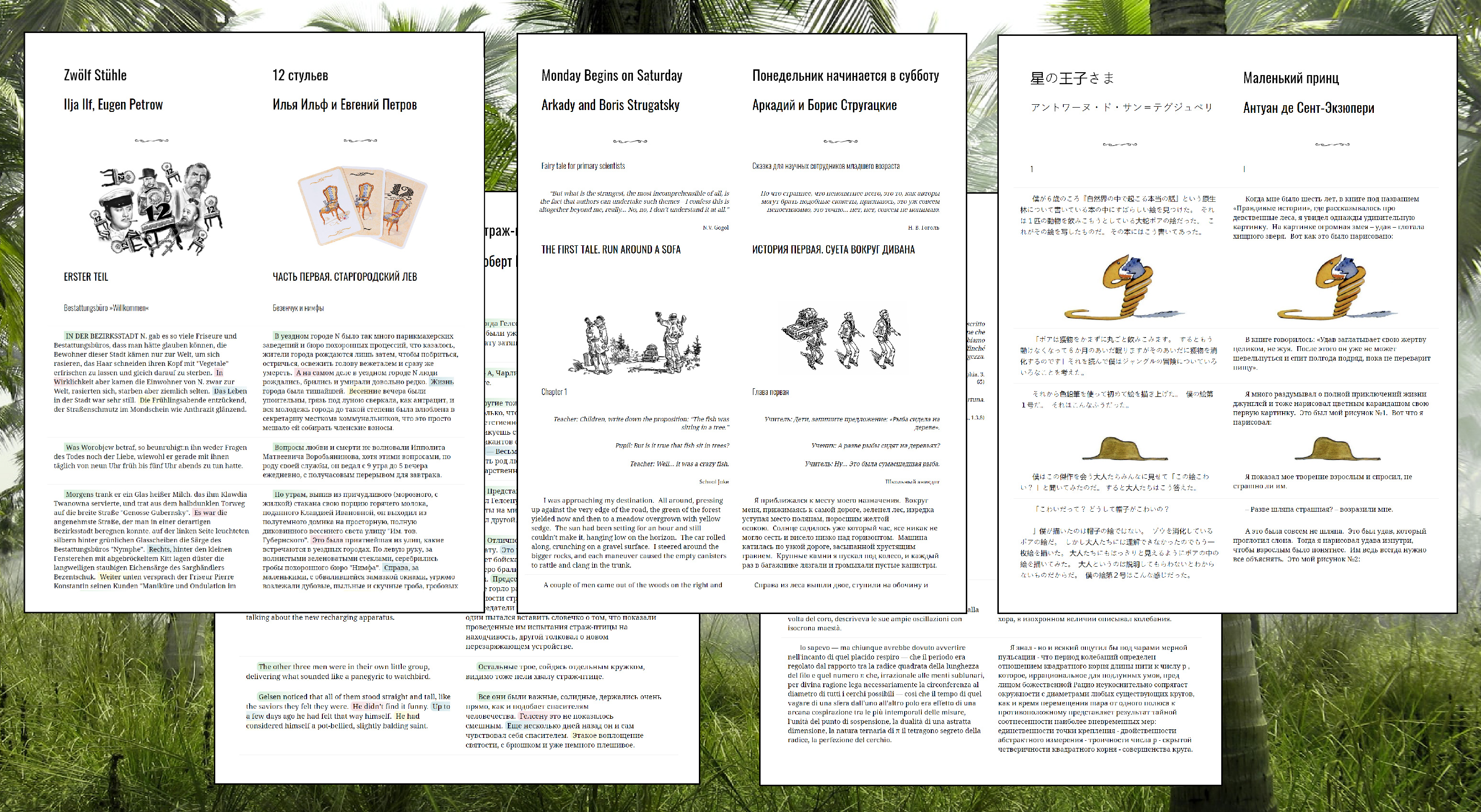
How to make a parallel book for language learning. Part 1. Python and Colab version
This is a second article on making parallel books. Today we will use the more advanced tool which will bring rich UI functionality. Lingtrain Alignment Studio is a web application written on Vue and Python. The main purpose of it is to extract the parallel corpora from two raw texts and make a bilingual (or even multilingual) parallel book. This is an open-source project and I will be glad to hear all of your bright ideas. Links to the sources and our community contacts can be found below. Los geht's!
The app is packed into the docker container. It's a simple technology to deploy your stuff anywhere from the server to your local machine. It's available across all the operating systems. So at first, you need a docker installed locally. Then you need to run two simple commands. The first will download the container:
docker pull lingtrain/aligner:v4And the second one will run the application:
docker run -v C:\app\data:/app/data -v C:\app\img:/app/static/img -p 80:80 lingtrain/aligner:v4C:\app\data and C:\app\img — your local folders.
The app will be available on the 80th port. Let's open the localhost page in your favorite browser.

We will make three simple steps: Load, Align, Create
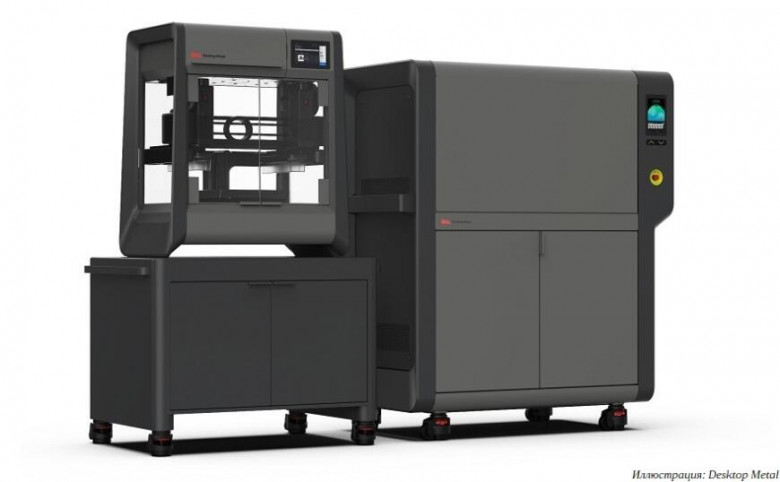
The list of materials for additive manufacturing devices Studio System 2 by Desktop Metal now includes a filament filled with titanium alloy Ti-6Al-4V (Ti64), a new step in the field of metal 3D printing.

Ford equipped its new Maverick pickup truck with convenient slots to customize the cars with DIY 3D printed accessories.

The Czinger C21 hypercar set a lap record at the Laguna Seca Raceway track. The previous holder was McLaren Senna and Czinger C21 beat its time by 2 seconds. The C21 costs more than $1.5 million and its body includes reinforced polymers and 3D printed titanium parts.
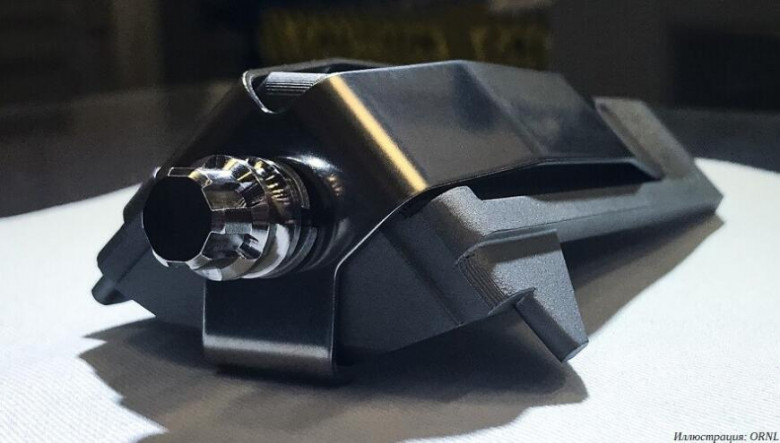
Browns Ferry Nuclear Plant Unit 2 in Alabama deploys a fuel assembly with 3D printed fastening elements that were made by the experts of Oak Ridge National Laboratory (ORNL).
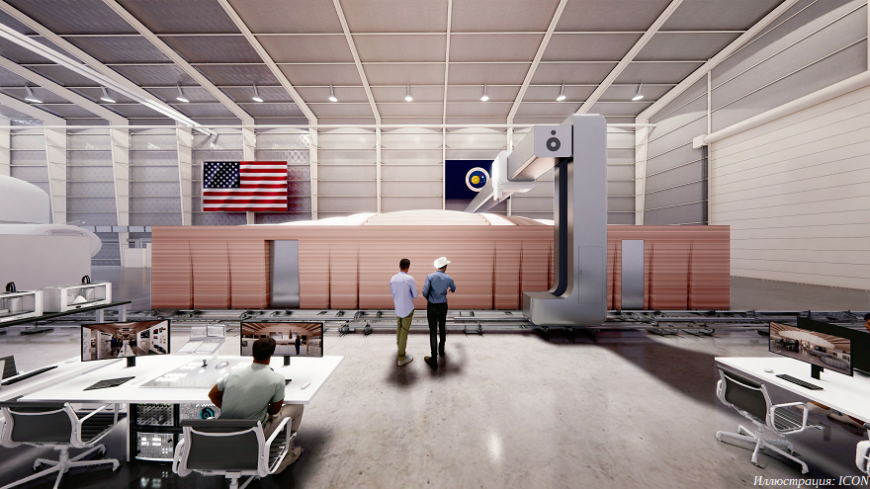
Texas-based company ICON is making an experimental “Martian” building using a proprietary constructional 3D printer. The Mars Dune Alpha project implies refining usage of 3D printing technologies for future Martian buildings with the help of available materials. The project also covers researching the habitability of such buildings.
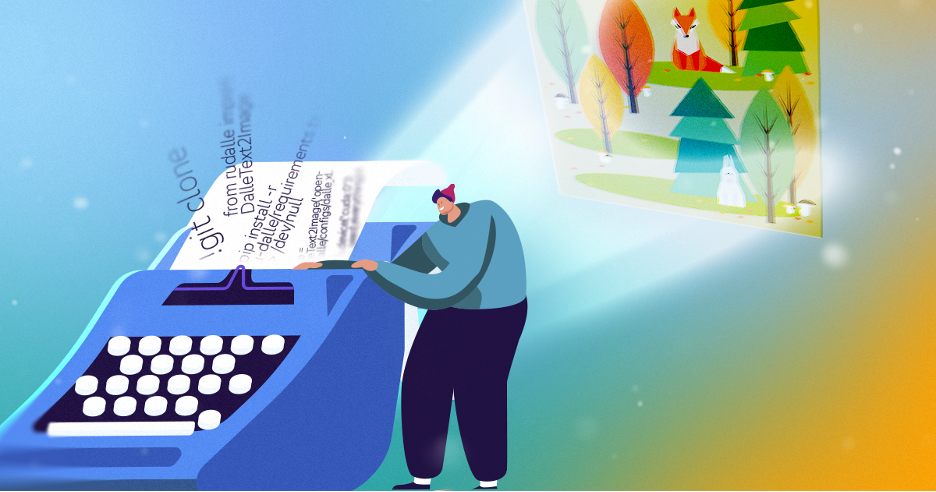
Multimodality has led the pack in machine learning in 2021. Neural networks are wolfing down images, text, speech and music all at the same time. OpenAI is, as usual, top dog, but as if in defiance of their name, they are in no hurry to share their models openly. At the beginning of the year, the company presented the DALL-E neural network, which generates 256x256 pixel images in answer to a written request. Descriptions of it can be found as articles on arXiv and examples on their blog.
As soon as DALL-E flushed out of the bushes, Chinese researchers got on its tail. Their open-source CogView neural network does the same trick of generating images from text. But what about here in Russia? One might say that “investigate, master, and train” is our engineering motto. Well, we caught the scent, and today we can say that we created from scratch a complete pipeline for generating images from descriptive textual input written in Russian.
In this article we present the ruDALL-E XL model, an open-source text-to-image transformer with 1.3 billion parameters as well as ruDALL-E XXL model, an text-to-image transformer with 12.0 billion parameters which is available in DataHub SberCloud, and several other satellite models.
RPCS3 is an interesting project that emulates the PS3 console. It is actively evolving. Recently we heard the news that the emulator learned how run all the games from the console's catalog. That's a good excuse to analyze the project. We'll see which errors remained after new fixes were added to the project.
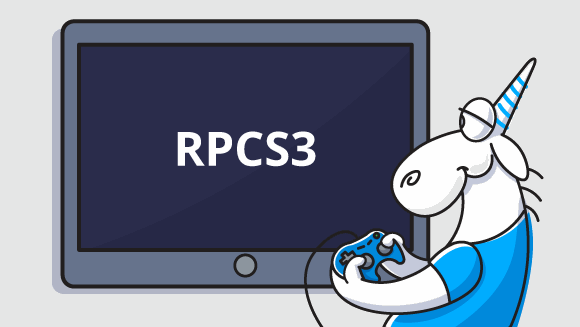

Tools to improve and control code quality can be a key success factor in a complex software project implementation. Static analyzers belong to such tools. Nowadays, you can find various static analyzers: from free open-source to cross-functional commercial solutions. On the one hand, it's great – you can choose from many options. On the other hand – you have to perform advanced research to find the right tool for your team.

Back in 2016 an United States based music composer and performer Sergio Elisondo released an one-man band music album A Winner Is You (know your meme), with multi-instrumental cover versions of tunes from numerous memorable classic NES games. A special feature of this release has been its version released in the NES cartridge format that would run on a classic unmodified console and play digitized audio of the full album, instead of the typical chiptune sound you would expect to come from this humble console. I was involved with the software development part of this project.
This year Sergio makes a return with a brand new music release. This time it is all original music album You Are Error, heavily influenced with the video game music aesthetics. It also comes with a special extra. This time we have raised the stakes, and a new NES cartridge release includes not only the digitized audio, but full motion videos for each song, done in the silhouette cutout style similar to the famous Bad Apple video. Yet again, this project is crowdfunded via Kickstarter. It already got the asked amount in a mere 7 hours, but there is still a little time to jump on the bandwagon and get yourself a copy. In the meantime I would like to share an insight on the technical side of both projects.
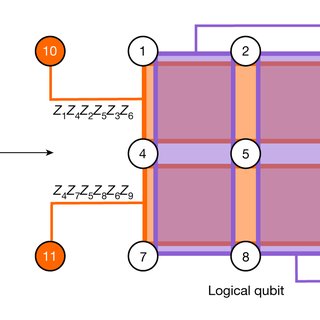
This shows the Bacon–Shor subsystem code implemented on a 15-ion chain.
Multiple heads are better than one in real world calculations. Now, a team of University of Maryland-led quantum engineers report that multiple qubits may be better than one when it comes to error-corrections.
In what’s been described as a foundational step toward using quantum computers to tackle practical problems, the team combined nine qubits — a quantum bit — to make a single, improved logical qubit. A logical qubit can be used to probe for mistakes that extremely sensitive quantum computers are subject to, according to the researchers.
In the paper, which was just published in Nature, the team write that “Although fault-tolerant design works in principle, it has not previously been demonstrated in an error-corrected physical system with native noise characteristics. Here we experimentally demonstrate fault-tolerant circuits for the preparation, measurement, rotation and stabilizer measurement of a Bacon–Shor logical qubit using 13 trapped ion qubits.”
Nine of the qubits were termed data qubits and the four remaining are referred to as ancilla — or extra — qubits. The logical qubit was based on a quantum error correction code to easily detect and correct errors and made it to be fault-tolerant, or minimize the negative effects of errors.
“Qubits composed of identical atomic ions are natively very clean by themselves,” said Christopher Monroe, who is a Fellow of the Joint Center for Quantum Information and Computer Science and a College Park Professor in the Department of Physics at the University of Maryland in a university news release. “However, at some point, when many qubits and operations are required, errors must be reduced further, and it is simpler to add more qubits and encode information differently. The beauty of error correction codes for atomic ions is they can be very efficient and can be flexibly switched on through software controls.”
We often check retro games. In our company, many developers like to find interesting projects for themselves. They feel nostalgic when they're studying these projects. But we need to run retro games on something, right? This time we checked a project that helps to run old games on modern hardware.
